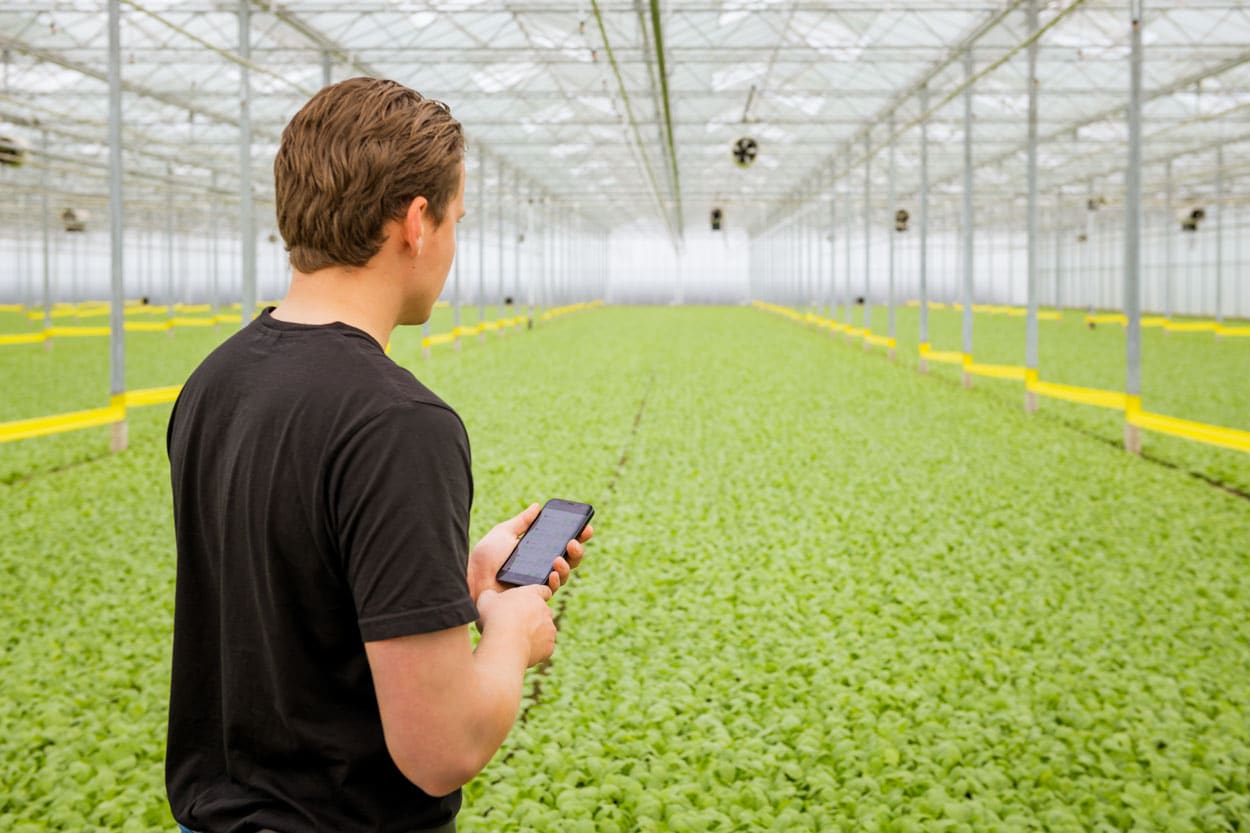Data Science in Plantonomy

But a crop is a living thing. Not only does it react to the greenhouse climate, it also adapts to it. The same conditions don’t always imply the same reaction in the crop. Furthermore, a crop’s goal is to reproduce, while a grower’s goal is to make money. You can’t just create the ideal circumstances for the crop and expect to make more money, the grower needs to find a balance between favorable, yet challenging circumstances for the crop. This understanding for predicting what the crop will do and steering it towards what you want it to do is quite complex. It takes a lot of experience and trial and error to get it right.
This is a problem for the world because experienced growers are becoming more and more rare. With our current approach, we will reach a point where the food production in the world can’t keep up with the population's demands. We have to enable growers to manage more hectares. That’s where autonomous growing comes in. As the name implies, autonomous growing is about automating (parts of) the growing process, so that it can scale better.
At Priva, we are developing Plantonomy, Priva’s solution for autonomous growing in greenhouses. Our work consists of plant and crop research, gathering data about the crop and greenhouse climate, finding relations that can be used for steering the crop and translating those relations into steering actions that achieve the goal the grower has for their crop. There’s a lot to be said about the philosophy behind Plantonomy, but that is a horticulture story, while this is a data science story.
Firstly, this is a huge data gathering assignment, where we need data on all parts of the chain, from greenhouse installation status to greenhouse climate, to crop status, and finally the production and quality numbers. You can easily imagine the challenges with sensor data being dirty (such as an internet connection not being available for a time or the sensors not getting proper maintenance) but gathering reliable data on the crop (such as fruit size, number of leaves etc.) is also very tricky, and machine vision may play a role for this. Even knowing what the right data is, is worth discussing.
With such models, we can take a first step towards predictive cultivation, by simulating different steering actions and their effect on the greenhouse climate and crop. The collection of models becomes a digital twin of the crop, that constantly predicts and adjusts to reality. And from such simulations, we can pick the most desirable one and execute it.

Lead Data Scientist Priva
With such data, we can make models, both in our heads and on the computers, that capture the chain of causes and effects between all this data. These models represent our understanding of the crop and its inner workings. Keep in mind though, that crops don’t react immediately, and finding delayed effects in a world with many varying circumstances is quite a challenge. It requires a strong theoretical background and lots of experience to have a chance of finding the right relations. In the Plantonomy team, we have a team of grower consultants that help both our customers and our team to find such relations.
With such models, we can take a first step towards predictive cultivation, by simulating different steering actions and their effect on the greenhouse climate and crop. The collection of models becomes a digital twin of the crop, that constantly predicts and adjusts to reality. And from such simulations, we can pick the most desirable one and execute it.
Finally, it is a technical challenge to actually execute such a steering action, all the way from the cloud where the algorithms run, to the individual climate computers standing in the greenhouses. Of course, this needs to run constantly in the cloud, not just on a local computer whenever you press the Run button. Luckily, we have a team of developers in the Plantonomy team, that help us bring these models to production in Azure.
Of course, all of this requires an interface that can be used to check the data, models, predictions and, steering actions, to be able to see their actual effect against their predicted effect. A picture tells a thousand words and visualization skills are very important to tell the right story. We work together with the green consultants and UX designers to make the right dashboards for the right goal.
So, all in all, quite a varied and interactive environment, with plenty of challenges to tackle as a data scientist!